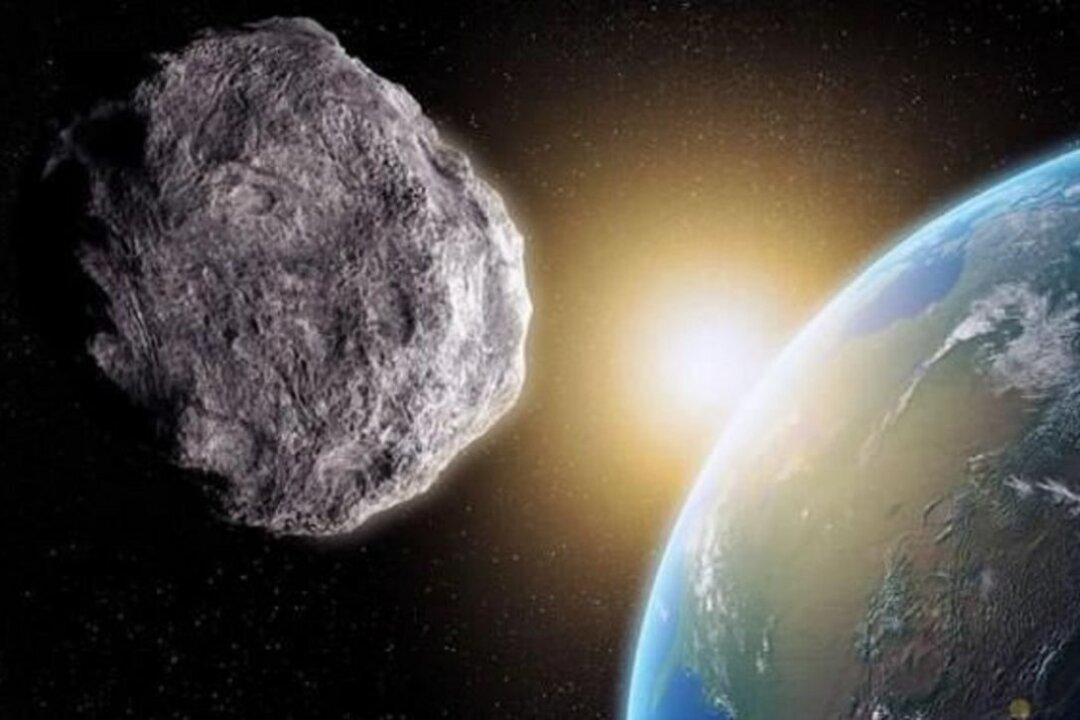Scientists were surprised after an asteroid almost hit earth on Thursday, July 25.
“It’s impressively close. I don’t think it’s quite sunk in yet. It’s a pretty big deal,” Associate Professor Michael Brown, from Monash University’s school of physics and astronomy, told The Sydney Morning Herald.
“[If it hit Earth] it makes the bang of a very large nuclear weapon–a very large one,” he said.




